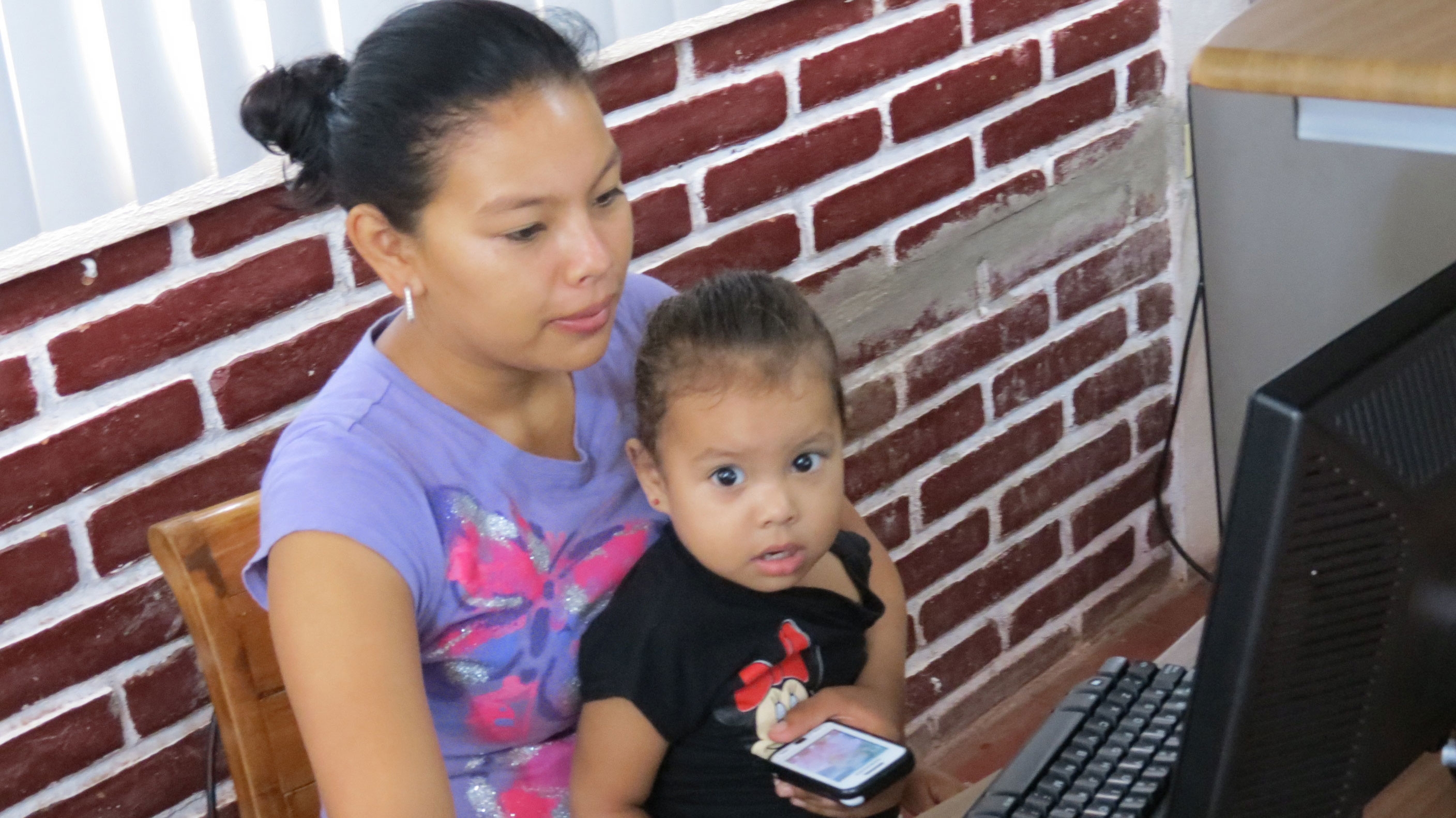How many women bosses do you know? You might know several if you live in Jamaica: the Caribbean island has the highest percentage of female executives in the region, with 60%. Jamaica is followed by Colombia, where 53% of executives are women, and Santa Lucia, with 52.3%, according to a report of the International Labor Organization (ILO), which ranks countries according to the likelihood that women will occupy top executive and management positions.
Nevertheless, all is not rosy. Women in the same job as men – regardless of whether they are bosses or employees– earn less. Despite often being better educated, women do not always obtain the best jobs. In fact, in Latin America, women’s labor income is between 64% and 90% of that of men, according to the study, The Effect of Women's Economic Power in Latin America and The Caribbean.
World Bank social specialist Jonna Lundwall explains that girls outnumber boys in secondary school by 7% and that “the gap is even larger at the university level: there are nearly 39% more women studying than men.”
Nevertheless, women’s high level of access to education does not extend to the labor market. “Women have more vulnerable jobs,” says the expert.
Twenty-seven percent of women work part-time, as compared with 10% of men. “Part-time work and self-employment respond to women’s need for flexibility given that they still bear more responsibility for caring for children and the elderly,” says Lundwall, who stresses that this type of employment is often informal.
Another persistent gap is associated with occupational segregation. Women and men are employed in different sectors, professions and types of enterprises. This separation begins with the selection of the university major. “There are not enough women in the sciences or engineering,” she says.
Breaking with social norms
Throughout the world, nearly four in 10 people agree that, when jobs are scarce, a man should have more right to a job than a woman, according to the World Bank’s Gender at Work report.
“In Latin America, these norms do not appear as strong as in Arab countries, for example. But there is a clear link between this perception and labor participation rates among men and women,” says Lundwall. “Without these preconceived notions, we could overcome occupational segregation and consequently, the wage gap,” she adds.
But the scenario is not all negative for the women of the region. “Our experience in the region demonstrates that improvements in gender equality make economic sense,” says Lundwall. The World Development Report on Gender Equality and Development points out that greater gender equality can increase productivity in agriculture and employment, improve development results for the next generation and make institutions more representative.
In Latin America, investments in human capital, together with the reduction of fertility rates and the increased age at marriage contributed to improving women’s economic opportunities. Women’s labor participation grew seven percentage points between 2000 and 2010. As a result, women have played a key role in the drastic reduction of poverty and inequality in Latin America: according to World Bank estimates, women’s labor income contributed to reducing extreme poverty by 30% and inequality by 28% over the past decade.


